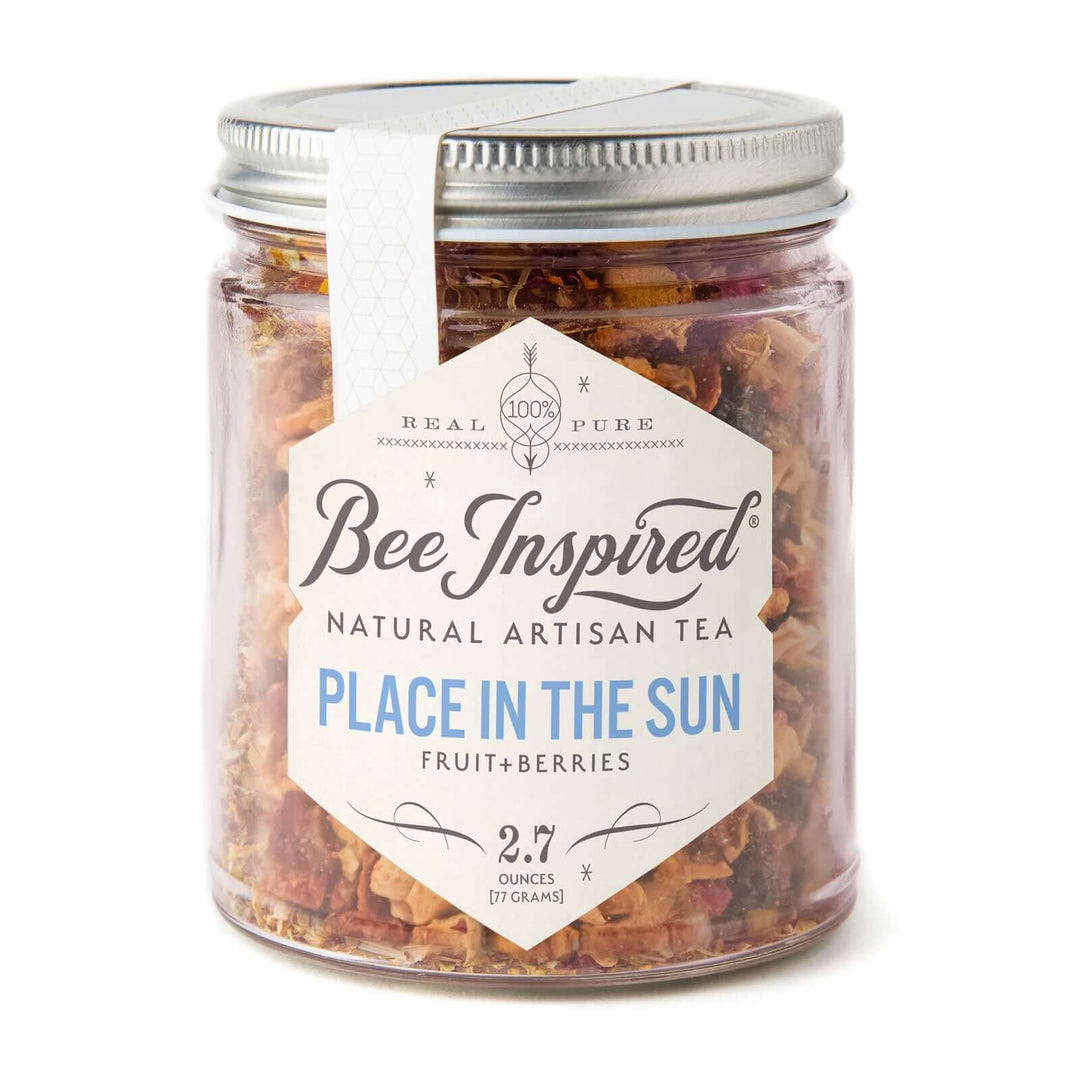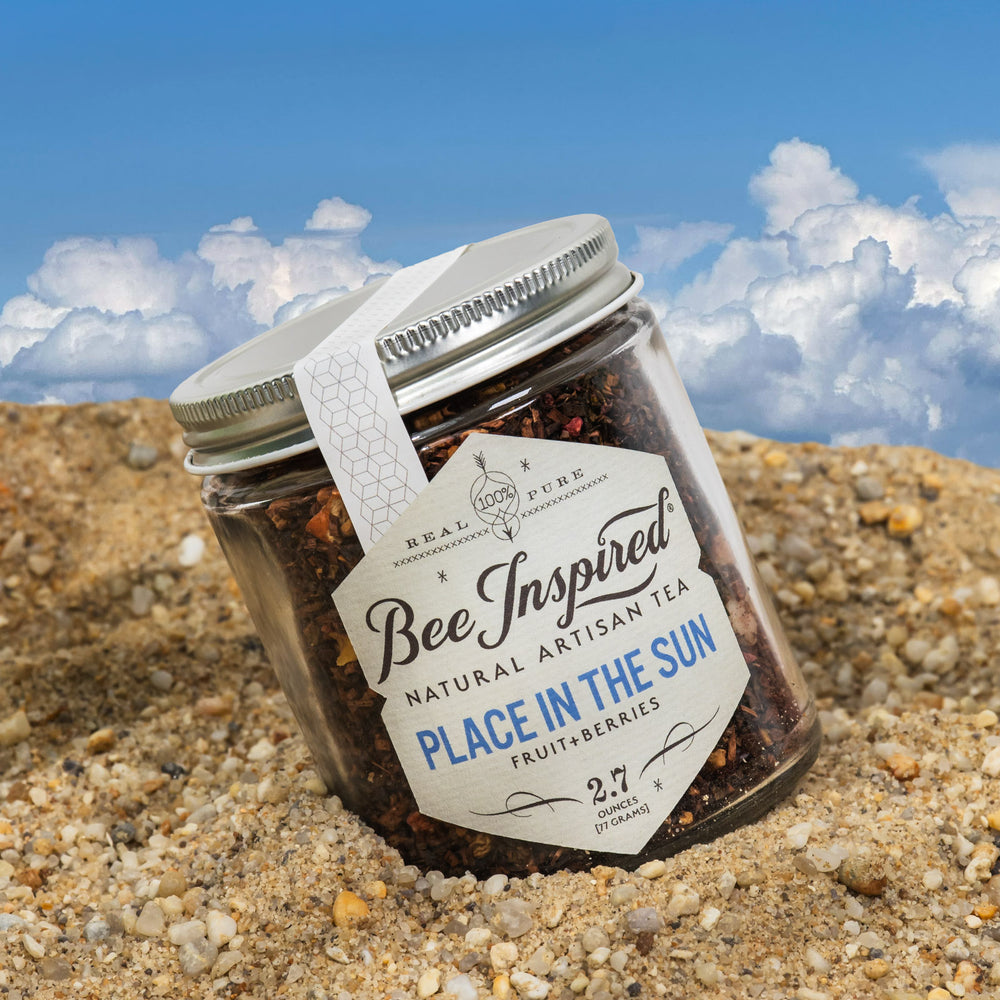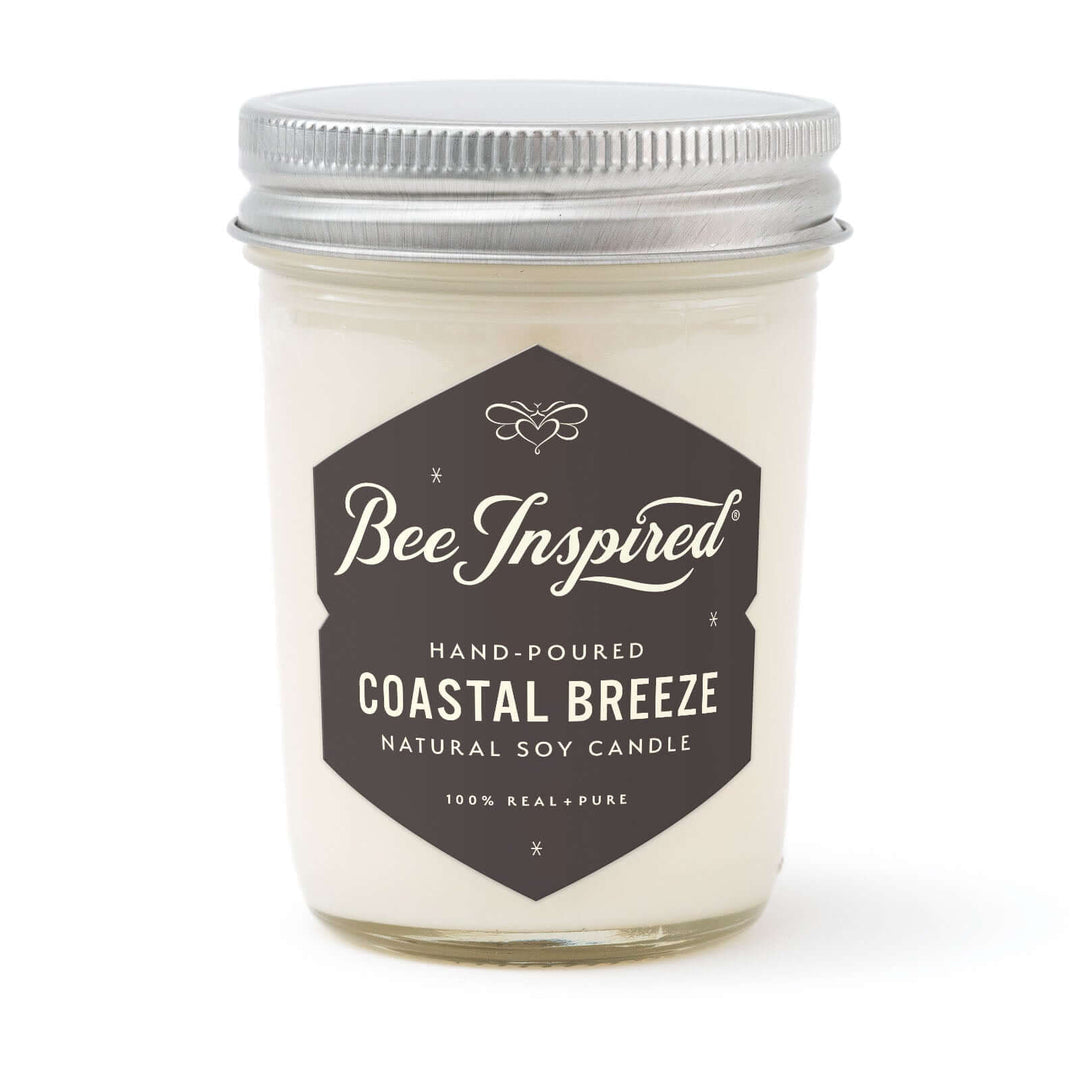Think of varietal honey (also known as monofloral honey) as honey from the nectar of a single plant variety. Artisanal honey exemplifies the adage, “Variety is the spice of life.” Each varietal of honey possesses a distinct flavor and color, ranging from nearly colorless to dark brown. Within a single varietal, these characteristics can also vary from year to year, determined by weather patterns, soil attributes, and other changing factors. Experienced beekeepers consider local plant flowering patterns when planning hive locations, blossom timing, and each honey harvest. The nectar source affects the color, flavor, and aroma of the honey, making each varietal unique.
On the varietal side, we work with a few incredibly experienced beekeepers from several regions, including Maryland’s Eastern Shore, all the way to California, to offer an exceptional collection of raw and delicious varietal honey.
Artisanal honey is made from plants that just so happen to surround the hive.
The artisanal honey produced results from a mix of nectars and pollen collected from multiple flowers and trees. When honey is created from a large variety of flowers, it is generally labeled “wildflower honey.” However, the USDA has established standards for honey quality, not labeling.

The variety of plant material on our farm produces one-of-a-kind, artisanal honey.
To make distinctive artisanal honey, we rely on honey bees foraging from a variety of plants on our farm. For example, we’ve planted nearly 1,000 lavender plants and covered over 40 acres of land with a variety of wildflowers planted explicitly for the bees. This year we planted a mix of clover in two large fields that worked to feed the bees (and the deer) quite well. We’ve timed these plantings so that our farm produces nectar for the bees from early spring until late fall.

Honey is collected from honeycomb, which is made up of beeswax and honey. Raw honeycomb is 100% edible.
Other plantings include:
-
Apple trees
-
Pear Trees
-
Walnut Trees
-
Bee balm
-
Goldenrod
-
Gooseneck Loosestrife
-
Butterfly Weed
-
Fields of sunflower
-
Lavender
-
Several varieties of clover
-
Echinacea
-
Black-eyed Susan
-
Swamp Milkweed
-
Joe Pye Weed
-
Daisies of all kinds
-
and so much more.

Do you know how honey is made?
In theory, bees forage as close to the hive as possible, so beekeepers place hives near the plants they want the bees to visit, according to Daniel Weaver, past president of the American Beekeeping Federation.
For more than ten years, our Apiary on Chesterhaven Beach Farm has been home to over 40 acres of land devoted to feeding bees.

Pollination is an essential part of the honey-making process. If you want to support honeybees, plant a pollinator garden for them. Take time from your day to watch honeybees forage from flower to flower.

Beekeeping for varietal honeys is an art and a science
In reality, ultimately you can’t really control where bees go to gather nectar–their nature is to forage. Beekeepers help keep control of this process by taking advantage of the fact that specific plants bloom only at certain times of the year. For clover honey, for example, hives are put in the middle of hundreds of acres of clover during the period when the plants flower. But, even the same flower can produce slightly different nectar from year to year depending on temperature and rainfall, and bees sometimes travel miles in search of nectar, so there is no guarantee that some bees won’t feed on other flowers. From a trustworthy producer, clover honey will indeed come predominantly from clover blossoms, but it’s very unlikely that 100 percent of the honey will come from that one type of flower. Environmental factors such as temperature and rainfall can cause flowers to produce slightly different nectar, resulting in variations in the flavor and color of the honey produced.

Our artisanal honey is harvested seasonally, producing unique honey each time.
Spring Honey is light and very floral. It is unique to our farm, made by the bees from the nectar or black locust trees, lavender, fruit trees, and early blooming wildflowers. These honey varietals showcase the diversity of honey produced in different seasons.
Summer Honey is brightly floral, sweet, and pollen-like in flavor. It is hand-harvested from our farm and is a mix of a beautiful array of wildflowers and clovers. This honey is pure, raw, sweet, and complex with notes of caramel.
Autumn Honey is a sunflower, clover, wild berries, bee balm, pine, cedar, and goldenrod mix. This honey is much darker than its spring counterpart. Varietal honeys produced in different seasons include distinct types like buckwheat, wildflower, and orange blossom. This is due to a difference in nectar colors between early and late-blooming plants.

I paint with beeswax, and living on the Eastern Shore inspired me to become a beekeeper to support this sustainable art form. In the process, I got a whole lot more honey than wax. Glorious, delicious, unpredictable honey that tasted differently from any other than I have ever tasted. That, coupled with my interest in cooking whole foods, motivated me to launch Bee Inspired Eastern Shore Honey House.

Blueberry Honey is one of our most popular monofloral varietals
I hope to raise awareness that raw honey, artisanal, and varietal honey is more than a mere table condiment. It belongs to the slow handcrafted category alongside spectacular small-batch wines from a single variety of grape, single malt scotch, or maple syrups handcrafted in small batches from coveted regions.












